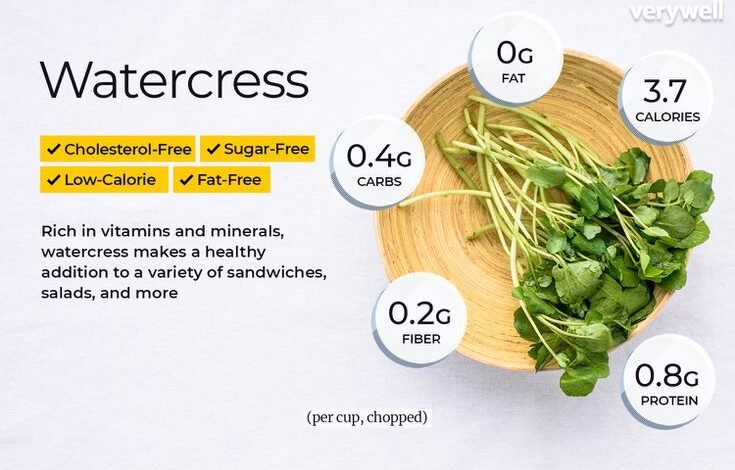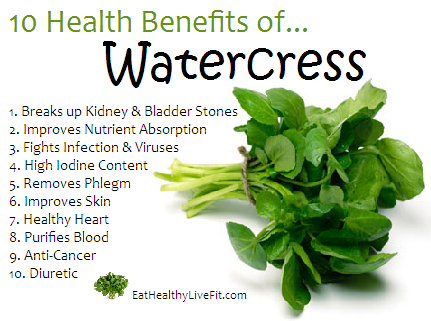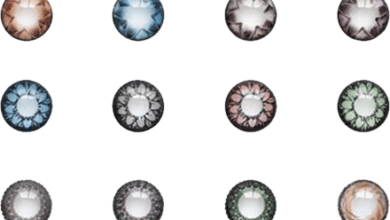How to use watercress for healthy benefits

Watercress leaves taste hot. As a result, most of it is used to make a mixture of Italian flavors by carving it on a serving of mixed greens, in sandwiches, or by diluting it with vinegar. You can eat raw watercress. Also, every piece of it is usable, including leaf, stem, and bloom. Despite the fact that its basic ingredients may not be terribly tasty, you should avoid using them.
The dietary benefit of Watercress
100 grams of watercress contains:
Calories: 11 kCal
Fats: 0.1 g
Sugars: 1 g
Proteins: 2.3 g
Calcium: 120 mg
Potassium: 330 mg
Magnesium: 21 mg
Iron: 0.2 mg
Sodium: 41 mg
10 Health Benefits of Watercress:

1. Eyesight
Watercress is rich in lutein these are carotenoids with anti-cancer properties. Research paper shows that these two carotenoids are essential for good eye health. They establish the essential colours found in yellow spots, which protect the macular from the damage caused by blue light, act on the visual impulse, and rotate the species on the destructive response oxygen. Similarly, they help reduce the risk of chronic macular degeneration (AMD) and waterfalls.
Lutein also exhibits properties that help reduce the risk of age-related macular degeneration and waterfall formation. Similarly, the L-ascorbic acid present in watercress also helps to reduce the chances of waterfall formation.
2. Supports Immunity

Watercress has surprisingly high levels of L-ascorbic acid. It contains 15 mg of L-ascorbic acid per cup, which is approximately 20% of the recommended daily use (RDI). Some research suggests that L-ascorbic acid is a micronutrient that retains the various cell elements of an invincible framework. In addition, it helps to protect the skin against germs.
Similarly, L-ascorbic acid acts as a cancer-fighting agent and helps reduce oxidative pressure. Oxidative pressure from free radicals is related to free-flowing oxygen in the body and prevents solid cells from receiving new oxygen. Cell support repels these free radicals and prevents oxidative pressure.
3. Ensures Against Osteoporosis
Some of the basic minerals for bone health are calcium, potassium, magnesium and phosphorus. Calcium The structure of the entire skeleton is square. However, Vitamin K and Potassium also play a key role in maintaining good bone health.
Vitamin K is a component of a protein called calcining, which builds bone tissue and directs bone transformation. According to one study, people with the highest vitamin K intake were 35% less likely to expect hip fractures than those with vitamin K deficiency.
4. Brings down Cholesterol Level
One of the many benefits of watercress is that it helps lower cholesterol levels. Remembering Watercress for your diet can significantly lower fatty oil levels. High fatty acids are responsible for high cholesterol.
As research has shown, watercress also lowers low-fat lipoproteins (LDL’s), which are terrible cholesterol, and high-fat lipoproteins (HDL’s), raise high cholesterol.
5. Brings down Blood Pressure
Like some other green vegetables, watercress usually contains dietary nitrates. Nitric oxide is an essential compound in controlling vascular abilities. One study found that people who ate more nitrate or nitrate fatty foods had a lower pulse, suggesting that nitrate could definitely control high blood pressure.
Watercress is similarly rich in potassium, which helps reduce the pulse by reducing the effects of sodium. It similarly loosens the vein dividers and allows simple blood flow without limitation or squeezing.
6. Forestalls Cancer
Watercress has an undeniable degree of photochemical. These photochemical reduce the risk of developing the disease. They neutralize cancer-causing synthetic substances and square the uncontrolled growth. Accordingly, they ensure solid cells against malignant growth.
7. Decreases the Risk of Chronic Diseases
Watercress is packed with anti-cancer agents, accelerating the process of helping to protect solid cells from the damage of free radicals. It can also help to change the area around the damage.
Free radicals cause oxidative stress, which can lead to a number of chronic illnesses, such as diabetes, heart problems and even illness. Watercress has 40 flavonoids (cell reinforcements) in the north and can kill free radicals.
8. Improve Athletic Performance
Watercress contains high levels of dietary nitrates. Nitrates help to loosen the veins and increase the amount of nitric oxide in the blood. According to studies, nitric oxide (NO) can further enhance the exercise process. In addition, dietary nitrates can help reduce the resting pulse. After that, it decreases how much oxygen you need during exercise. After that, this exercise can create flexibility.
9. Aid Weight Loss
Watercress is perhaps the most supplement thick food. Watercress is likewise very extremely flexible, so it is not hard to consolidate it into your standard dishes.
10. Advances Healthy Pregnancy
The watercress is full of folate. According to research, this is a basic supplement for pregnant women. Folate hatching guarantees the solid growth of early organisms. Insufficient folate can lead to the irregular discharge of the baby and can even cause confusion for the mother. Eating a diet rich in folate can also reduce the risk of developing the disease.
Ways of utilizing Watercress

There is some cure for watercress. In any case, there is not enough evidence or research to help watercress work for these jobs. However, you can use it to reduce the obvious side effects associated with hacking, bronchitis, anxiety, influenza and stopping.
Watercress is widely used in cooking and has an unpleasant and sharp taste. However, a common way to use watercress can be food dressing.
You can add watercress passes to your greens, a few cherry tomatoes and other greens, tossing it with olive oil and dressing of your choice.
You can even add spinach or lettuce to the watercress so you can make some changes to your daily salad.




